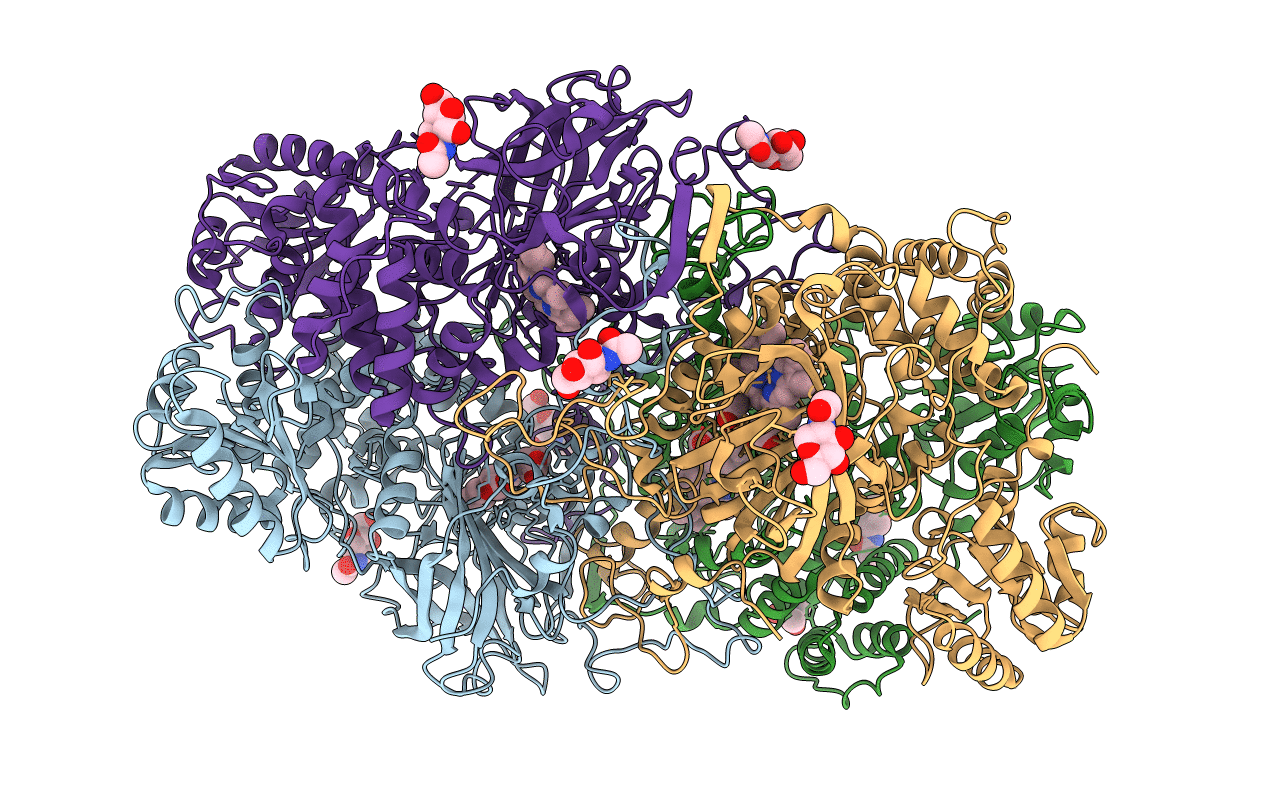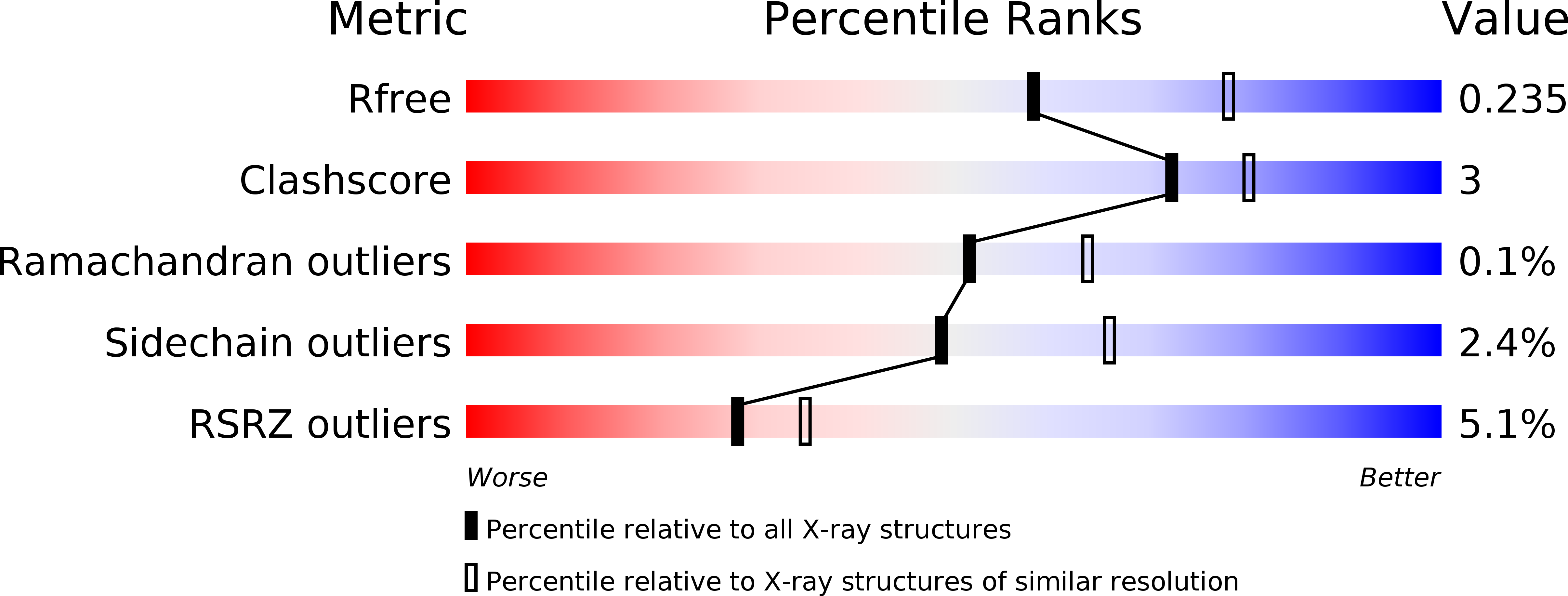
Deposition Date
2008-09-17
Release Date
2009-01-13
Last Version Date
2024-10-30
Method Details:
Experimental Method:
Resolution:
2.30 Å
R-Value Free:
0.24
R-Value Work:
0.19
R-Value Observed:
0.23
Space Group:
P 21 21 21


